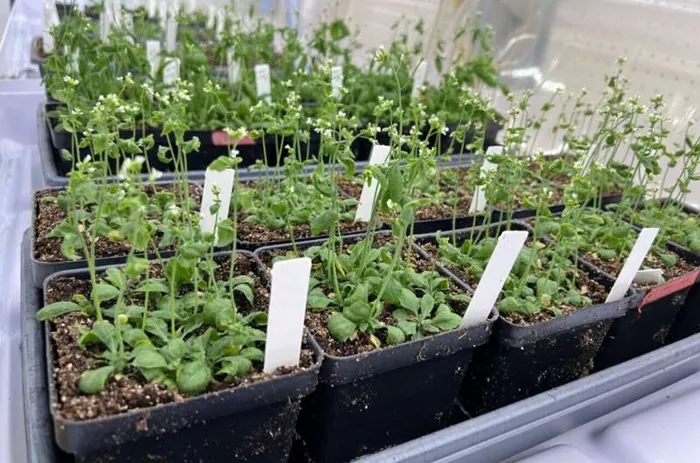Researchers have developed a method to encapsulate beneficial bacteria, which can be stored and applied to plants to boost growth and protect against pests and pathogens.
This technique opens up possibilities for creating various crop applications that combine these bacteria with agrochemicals. The findings are detailed in the paper “Pickering Emulsion for Enhanced Viability of Plant Growth Promoting Bacteria and Combined Delivery of Agrochemicals and Biologics,” published in Advanced Functional Materials.
Many beneficial bacteria are fragile, making it challenging to incorporate them into practical products for plant use. However, the new technique stabilizes these bacteria, enabling the development of customized plant probiotics.
The focus is on plant growth-promoting bacteria (PGPBs), which help plants extract nutrients and resist pests and pathogens.
A long-standing challenge has been combining these bacteria with agrochemicals like pesticides or fertilizers, as the bacteria often die in such mixtures. Researchers aimed to find a solution that allows bacteria to coexist with these chemicals.
A healthy plant microbiome helps plants use nutrients more efficiently and resist pathogens, potentially reducing the need for fertilizers and pesticides without impacting crop production.
The technique involves a custom-made emulsion with just a few ingredients. One part contains a saline solution with PGPBs, such as Pseudomonas simiae and Azospirillum brasilense. P. simiae acts as a biopesticide, while A. brasilense acts as a biofertilizer by fixing nitrogen.
The other part of the emulsion includes a biodegradable oil and a biodegradable cellulose polymer. This polymer can be loaded with agrochemical active ingredients, eliminating the need for harmful organic solvents typically used in pesticide formulations.
When mixed, the oil breaks into droplets distributed throughout the saline solution, with the cellulose polymer coating these droplets to prevent them from merging.


